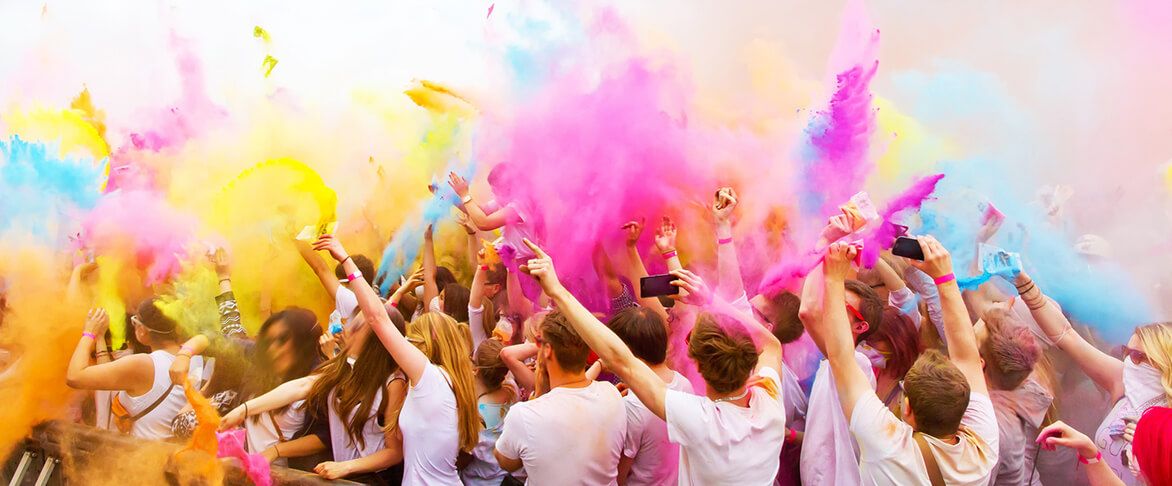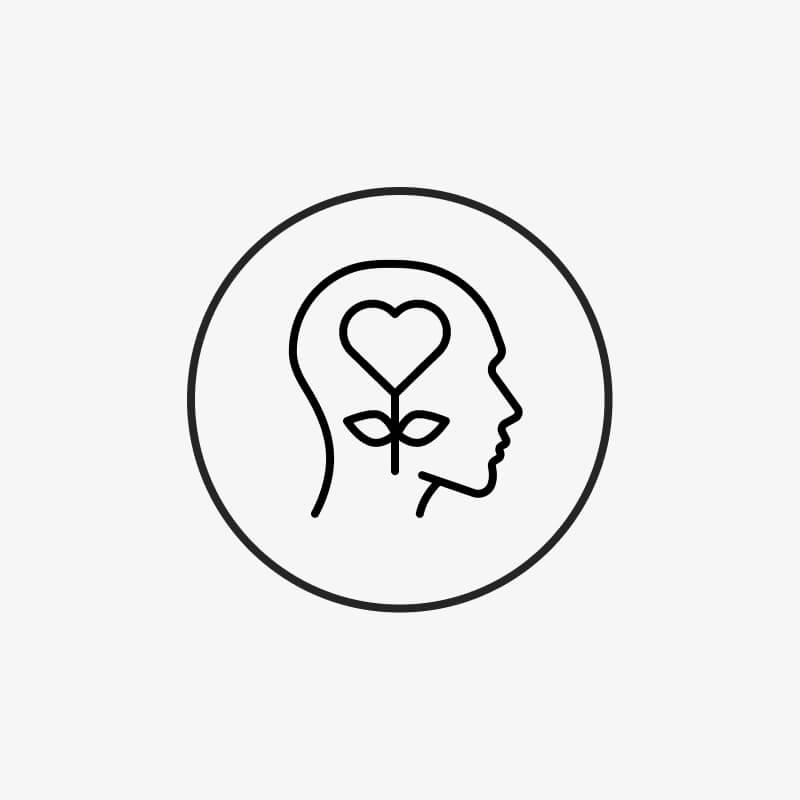How colors affect the brain
Yellow stands for optimism, enlightenment and happiness
We associate the color yellow with optimism, enlightenment, and happiness. Yellow gives us power and promises a positive future. In our brains, the color yellow stimulates mental processes and the nervous system, activating memory and encouraging communication.
Green represents nature, harmony and renewal
Along with blue, green is one of the most popular colors and, due to its natural occurrence, is ubiquitous. Therefore, we associate green with nature, and the color has a calming effect on us. Green stimulates us to relax mentally and physically and helps combat anxiety, depression, and nervousness.
Blue stands for reliability, trust and a sense of duty
Blue is the color of the sky and the sea—two constants in our lives that we trust. Therefore, blue has a calming effect on our minds, which also extends to our bodies.
Purple represents creativity and eccentricity
Purple is the balance of red and blue—paired with a touch of mysticism. Purple stimulates creativity, calms the nerves, and has a tendency toward spirituality.
Pink represents youth, fun and excitement
Pink is full of energy and can even trigger increased blood pressure, as well as increase our breathing, pulse, and heart rate.
Red represents energy, attention and urgency
Red triggers an alarm in us—usually, red is used to quickly grab attention. But red also increases our enthusiasm and can protect us from anxiety.
Orange stands for community, social life and activities
Hardly any other color divides opinion as much as orange. You either love it or hate it—there's not much in between. Orange stimulates our appetite and promotes socialization.
White represents clarity, neutrality and purity
Even though black and white aren't technically colors, they're included in the infographic. Because, of course, white also has an effect on our brain: White helps us think more clearly, it inspires us to take on new challenges, or dare to start anew.
Grey represents intellect, knowledge and wisdom
Gray is actually a very neutral color, which is why it's often used as a background color. However, in color psychology, gray also represents dignity and authority, and gray creates a certain expectation in our brain.
Black stands for power and authority
Black can evoke strong emotions within us; black is mysterious and holds the potential for possibilities. Black also makes us appear educated and sophisticated, which is why it's a popular color in fashion.















